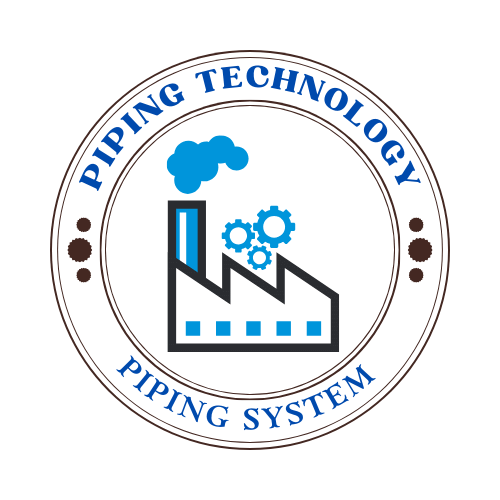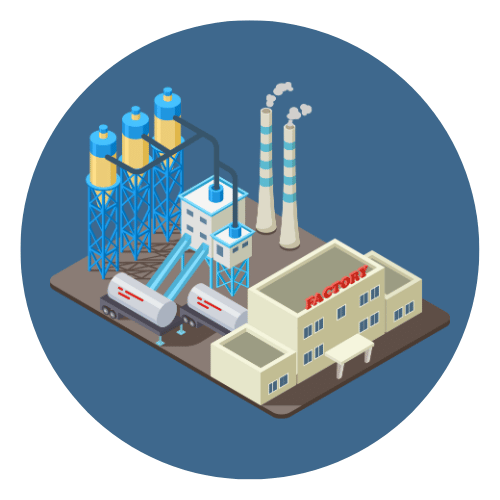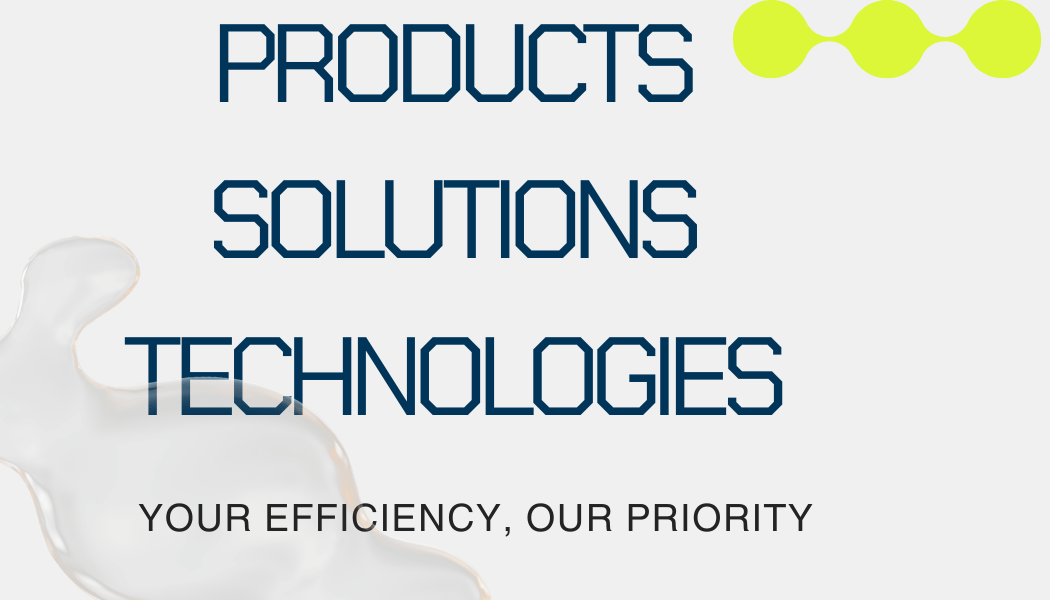Corrosion is a silent and often invisible enemy that affects nearly every material and structure we rely on daily. From bridges and pipelines to aircraft and automobiles, the destructive effects of corrosion can compromise structural integrity, threaten safety, and lead to significant economic losses. But what is corrosion exactly, and why is it so critical to understand and prevent it?
At its core, corrosion is the gradual degradation of materials, typically metals, due to chemical or electrochemical reactions with their environment. This process is most commonly associated with rusting iron, but corrosion can take many forms and affect a wide range of materials in various industries. Understanding what is corrosion involves diving into the science of material interactions, environmental conditions, and preventive engineering strategies.
The relevance of corrosion is not just academic. According to estimates by NACE International (now AMPP), corrosion costs the global economy over $2.5 trillion annually—around 3–4% of the global GDP. These costs are not just financial; corrosion-related failures in critical infrastructure can lead to environmental disasters, power outages, and even loss of life.
In this article, we will comprehensively answer the question “What is corrosion?” by exploring its scientific foundation, various forms, contributing factors, real-world consequences, detection methods, and advanced prevention techniques. Whether you are a student, engineer, technician, or simply curious, understanding corrosion is essential for maintaining safety, reliability, and efficiency in countless applications.
Let’s begin by breaking down the science behind corrosion and how it unfolds on a microscopic and macroscopic level.


 Automation System
Automation System  Energy Engineeing
Energy Engineeing  Instrumentation System
Instrumentation System  Mechanical Engineeing
Mechanical Engineeing  Piping Technologies
Piping Technologies  Transportations
Transportations  Manufacturing
Manufacturing  Training Material
Training Material 

 This process transforms the refined metal back into its more stable mineral form, such as oxides, hydroxides, or sulfides. In essence, corrosion is nature’s way of returning man-made materials to their original, lower-energy state.
This process transforms the refined metal back into its more stable mineral form, such as oxides, hydroxides, or sulfides. In essence, corrosion is nature’s way of returning man-made materials to their original, lower-energy state.














